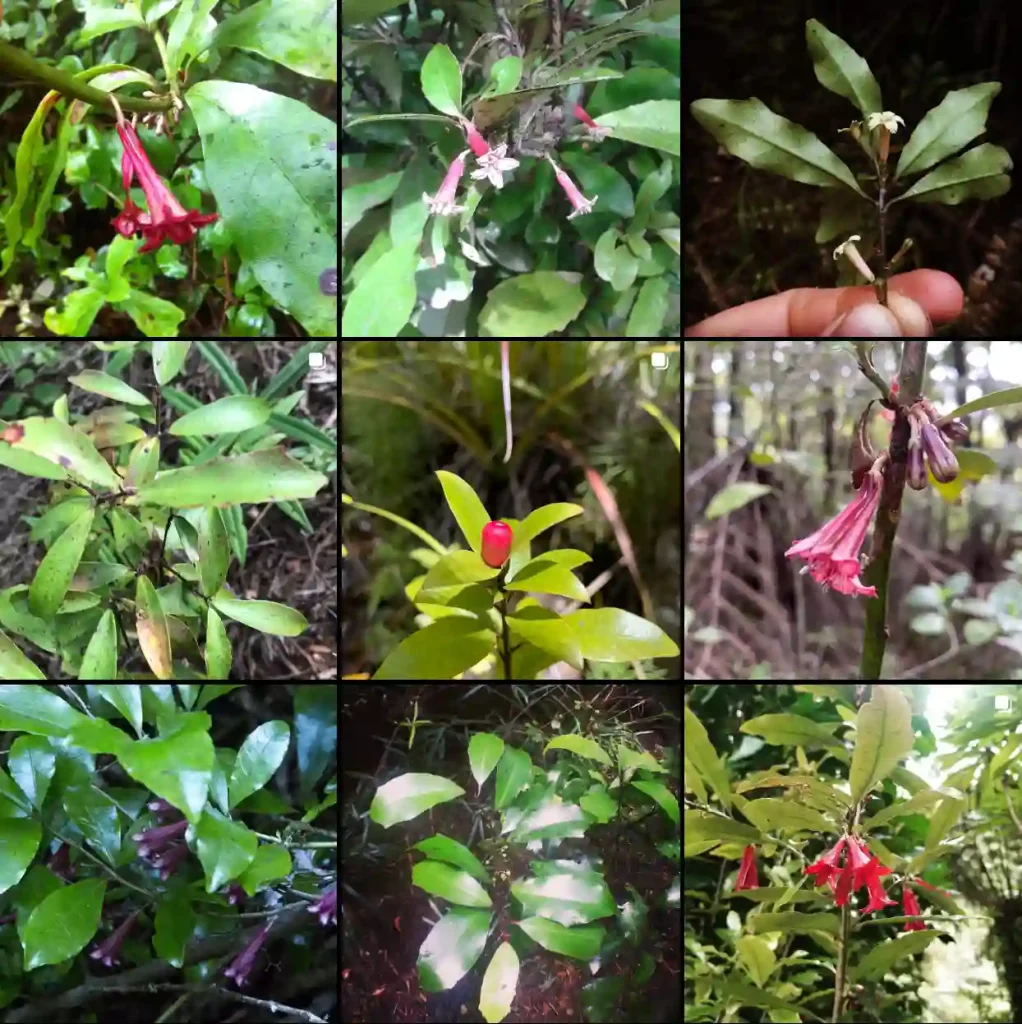
Artemisia Powis Castle vs Silver Mound
I’ve grown both Artemisia Powis Castle and Silver Mound in my garden, and they each bring a unique charm. Powis Castle’s feathery, silver-gray foliage adds a classic, almost regal touch to borders and rock gardens. On the other hand, Silver Mound’s finely textured, soft leaves create a beautiful, low-maintenance ground cover that brightens up any sunny spot.
508 Species in Genus Artemisia
How to prune Artemisia Powis Castle?
Pruning Artemisia Powis Castle is something I’ve learned to do with care and attention to detail. I usually start by cutting back any dead or damaged stems in early spring, just before new growth begins. This helps the plant maintain a tidy appearance and encourages healthy new growth. I also do a light trim in midsummer to shape the plant and prevent it from becoming too leggy. Using sharp, clean shears, I make sure to cut just above a leaf node to encourage branching.
When to prune Artemisia Powis Castle?
I’ve found that the best time to prune Artemisia Powis Castle is in early spring, right as the new growth starts to appear. This timing seems to give the plant the best chance to recover and grow vigorously throughout the season. Sometimes, I also do a minor trim in late summer if the plant has grown too much, but I’m careful not to prune too late in the season, as it needs time to harden off before winter.
How long will Artemisia Powis Castle live?
From my experience, Artemisia Powis Castle can live for many years if properly cared for. I’ve had one in my garden for over a decade, and it still thrives. Of course, like all plants, its longevity depends on factors like soil quality, weather conditions, and general care. With regular pruning and good care, it can be a long-lasting addition to the garden.
How to care for Artemisia Powis Castle?
Caring for Artemisia Powis Castle involves a few key practices. I make sure it gets plenty of sunlight, as it thrives in full sun. It’s also important to plant it in well-drained soil to prevent root rot. I don’t over-fertilize, as it prefers lean soil conditions. Occasional mulching helps retain moisture and keeps weeds at bay, but I avoid heavy mulches that can trap moisture against the stems.
How to propagate Artemisia Powis Castle?
Propagating Artemisia Powis Castle has been a fun project for me. I usually take semi-hardwood cuttings in late summer. I cut a 4-6 inch piece from a healthy stem, remove the lower leaves, and dip the cut end in rooting hormone before planting it in a pot filled with a mix of sand and peat. Keeping it moist and in a sheltered spot, I’ve had good success with new plants taking root within a few weeks.
How to water Artemisia Powis Castle?
Watering Artemisia Powis Castle is straightforward since it’s quite drought-tolerant once established. In my experience, it’s best to water it deeply but infrequently, allowing the soil to dry out between waterings. Overwatering can be an issue, so I always check the soil moisture before adding more water, especially during hot, dry spells.
Is Artemisia Powis Castle evergreen?
Yes, Artemisia Powis Castle is evergreen in milder climates, which is something I really appreciate about it. In my garden, it retains its silvery foliage throughout the year, adding color and texture even in the winter months. However, in colder regions, it might die back to the ground but typically re-sprouts in spring.
Will Artemisia Powis Castle kill other plants?
I’ve never had any trouble with Artemisia Powis Castle harming other plants in my garden. It’s a good companion plant that doesn’t seem to be invasive or aggressive. However, it can spread out and take up space, so I make sure to give it enough room to grow without crowding its neighbors. Its aromatic foliage also helps deter pests, which can be beneficial for the surrounding plants.
If i die, water my plants!



